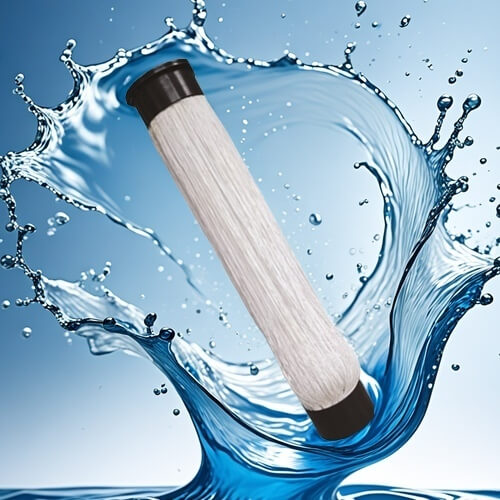Ozone technology in wastewater treatment
With the acceleration of industrialization, wastewater treatment has become an important task for environmental protection. Ozone technology has gradually become a popular choice in the field of wastewater treatment due to its high efficiency and environmental friendliness. This article will delve into the application and advantages of ozone technology in wastewater treatment.
Basic principles of ozone technology
Ozone (O3) is a strong oxidant that can effectively decompose organic pollutants in water. Its working principle mainly includes two ways:
Direct oxidation: Ozone molecules react directly with pollutants, disrupting their molecular structure.
Indirect oxidation: Ozone decomposes under specific conditions to generate hydroxyl radicals (· OH), which have stronger oxidation ability and can degrade difficult to treat organic matter.
Application of Ozone Technology in Wastewater Treatment

Removing organic pollutants:
Ozone can effectively reduce the chemical oxygen demand (COD) and biochemical oxygen demand (BOD) in wastewater, thereby improving water quality. Research has shown that ozone has significant removal effects on certain recalcitrant pollutants, such as dyes and phenolic substances
Disinfection and sterilization:
Ozone has strong bactericidal ability, which can effectively inactivate bacteria, viruses, and other microorganisms, ensuring the safety of effluent. Compared with traditional chlorine disinfection, ozone does not produce secondary pollutants and has a better disinfection effect
Discoloration and deodorization:
Ozone can remove color and odor from wastewater, making the treated water clearer and odorless. This is particularly important for industries such as printing and dyeing, pharmaceuticals, etc
Advantages of Ozone Technology
Efficiency: Ozone has a fast reaction rate and can achieve high treatment results in a short period of time.
Environmental friendliness: Ozone will quickly decompose into oxygen after reaction, leaving no harmful residues.
Economy: Although the initial investment is relatively high, it has economic advantages in the long run due to its high efficiency and low subsequent processing costs.
The prospect of combination technology
In recent years, the combination application of ozone technology with other treatment processes has gradually increased. For example:
UV/O3 combined process: By exciting ozone with ultraviolet light, its oxidation efficiency is improved, and it is suitable for the treatment of difficult to degrade organic compounds.
Combination of activated carbon and ozone: By utilizing the strong oxidizing properties of activated carbon adsorption and ozone, the overall treatment efficiency can be improved
